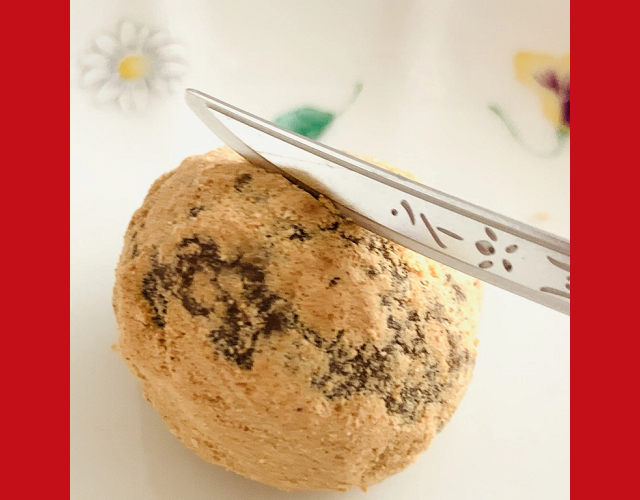
Hyorogan, part of the ninja and samurai diet, also get a modern, gluten-free version.
Modern Japan is an incredibly convenient place when you’re hungry. If you’re in any moderately sized town, you’re probably not very far away from a convenience store or a late-night ramen joint or beef bowl place.
Back in the old days, though, the restaurant industry wasn’t quite so robust. Nevertheless, busy ninja and samurai needed quick nourishment, and so when they feel their stomachs rumbling while on secret missions or by raging battlefields, they relied on hyorogan, pellets made of rice and various other ingredients. Sort of like a healthy donut hole, they were said to be filling and provide shadow warriors and swordsmen with a quick burst of energy.
Hyorogan show up frequently in historical novels and anime, but they’re not so easy to come by in present-day real-life Japan. Recently, though, we found out you can now buy them in Tokyo!
Megutama, a cafe in Tokyo’s Ebisu neighborhood, began selling hyorogan earlier this month. Eager to try this taste of Japan’s past for ourselves, we stopped by and picked some up for ourselves.
Megutama’s hyorogan come in two varieties, and we started our taste test with the Ganso (“Original style”), which comes in the red package.
The 540-yen (US$5) bag contains six hyogaran, made with six different ingredients: wheat flour, mochi powder, soba/buckwheat powder, white sesame, kinako (roasted soybean powder) and kibiko (millet powder). Together, they supply numerous vitamins (especially B1 and E), minerals, rutin, and even some protein.
Appearance wise, the hyorogan isn’t so different from a dango (Japanese dumpling). However, he texture is surprisingly firm.
▼ Though not so firm that you have to cut it with a knife; we just wanted to see what it looked like inside.
You’ll need to put some force into your chewing, but you’ll be rewarded but a comforting grainy taste with a hint of sweetness. In books and anime, characters are often shown reacting negatively to the taste of hyorogan, which works to establish it as something stoic warriors eat, but in actuality we’d happily eat these hyorogan even when we’re not cut off by enemy lines between us and other snacks.
Megutama’s second variety of hyoragan is a gluten-free variant which is also tailored for people with soba allergies. As such, the Kurogoma Kurumi Gluten-free Hyorogan (648 yen for a bag of six) boots wheat and soba flour from the ingredient list and replaces them with genmai (brown rice) flour and walnut (kurumi in Japanese) powder, plus black sesame.
Once again, they taste great, with the sesame making the strongest contribution to the flavor profile.
As mentioned earlier, the hyorogan are being sold by a cafe called Megutama. Ordinrily, Megutama is a place where customers can linger and browse through a collection of thousands of photo collections.
While the books don’t have a particularly historical focus, Megutama’s cooking staff enjoys recreating meals from bygone eras. However, with coronavirus concerns making many people choose to eat their meals at home, Megutama wanted to cook up something with some historical cachet that could be offered as a take-home item, which is why it’s begun making and selling these ninja dumplings. So we can now add hyorogan to so milk dessert and hoshi 20-year rice on the list of old-school Japanese foods poised for a comeback during the coronavirus outbreak.
Location information
Megutama / めぐたま
Address: Tokyo-to, Shibuya-ku, Higashi 3-2-7
東京都渋谷区東3-2-7
Open 11:30 a.m.-10 p.m. (weekdays), noon-10 p.m. (weekends, holidays(
Close Mondays
Website
Photos ©SoraNews24
● Want to hear about SoraNews24’s latest articles as soon as they’re published? Follow us on Facebook and Twitter!
[ Read in Japanese ]

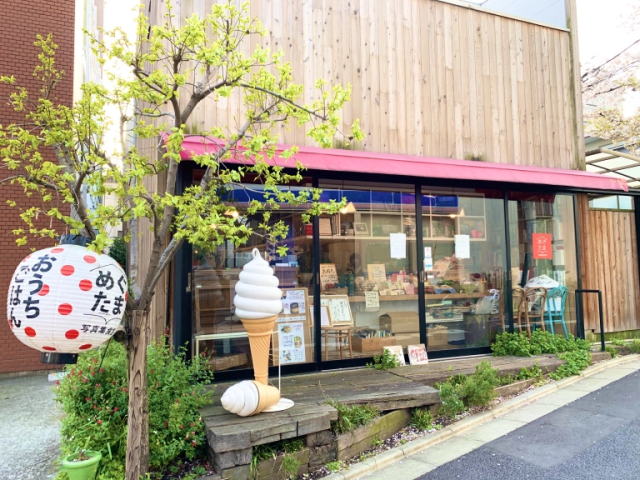
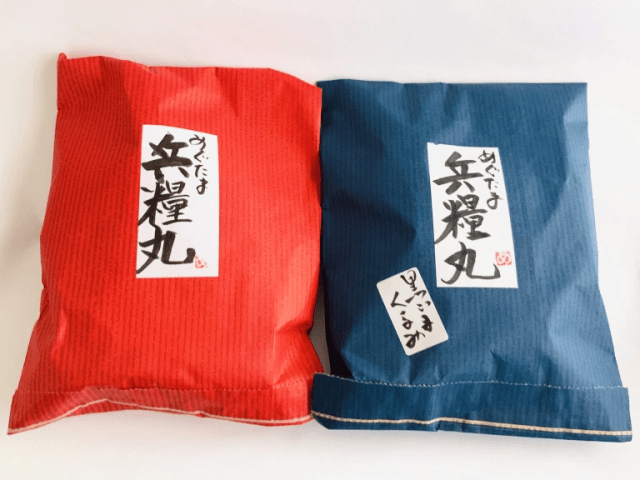
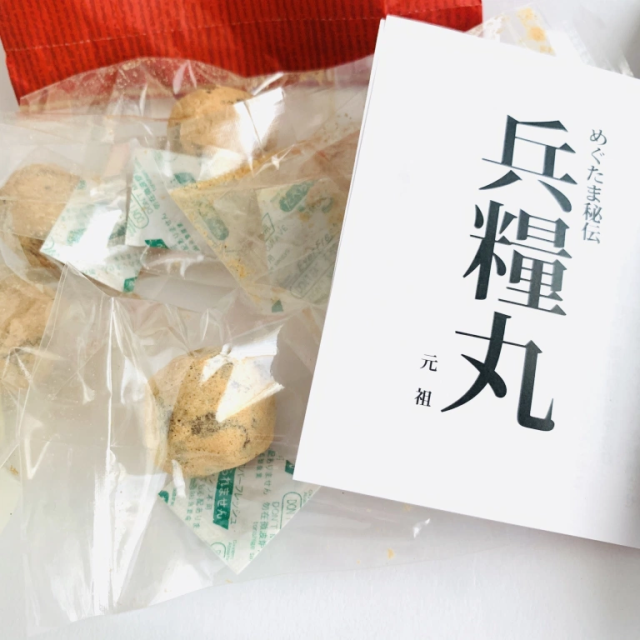
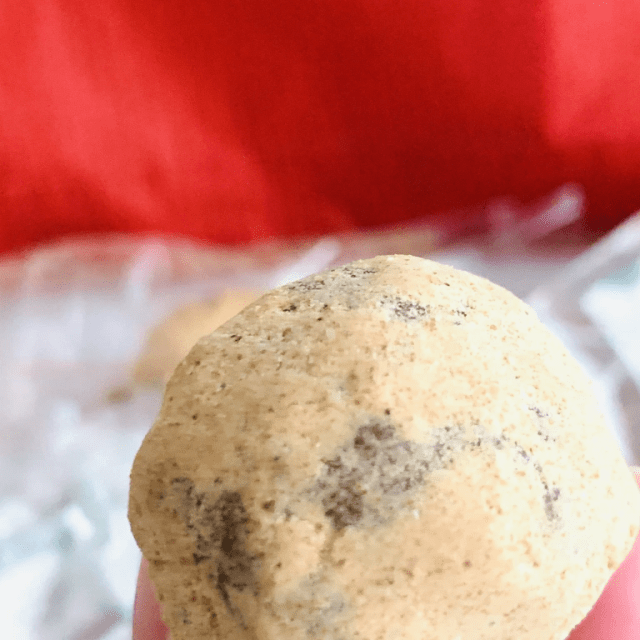
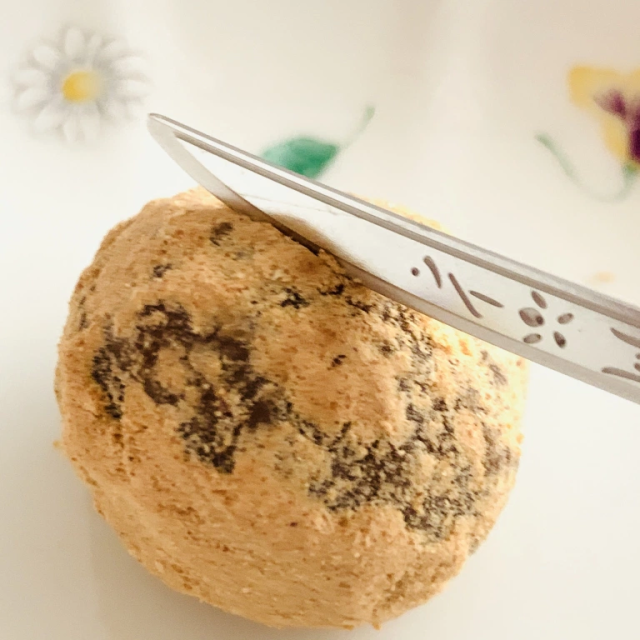
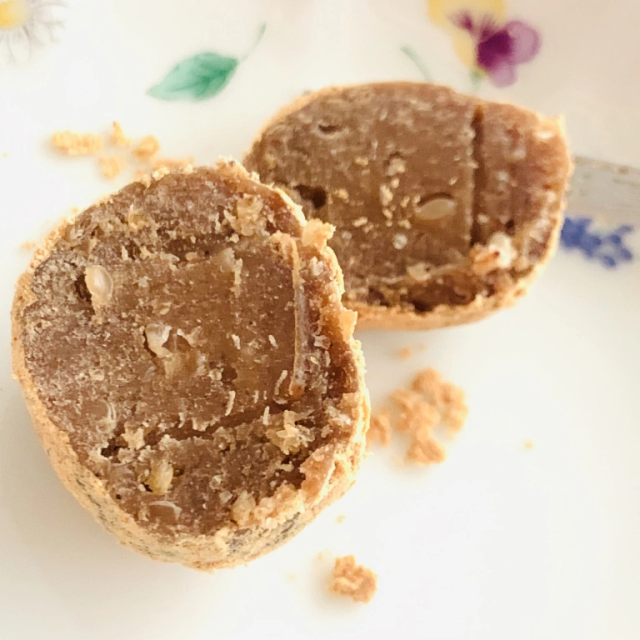
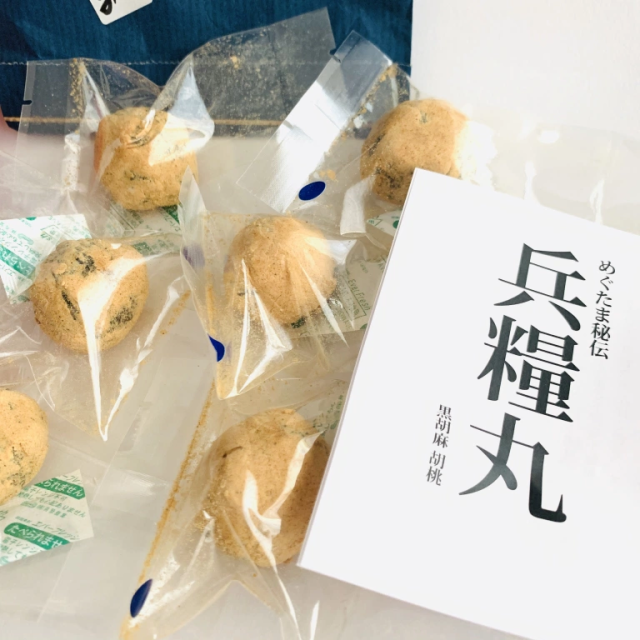
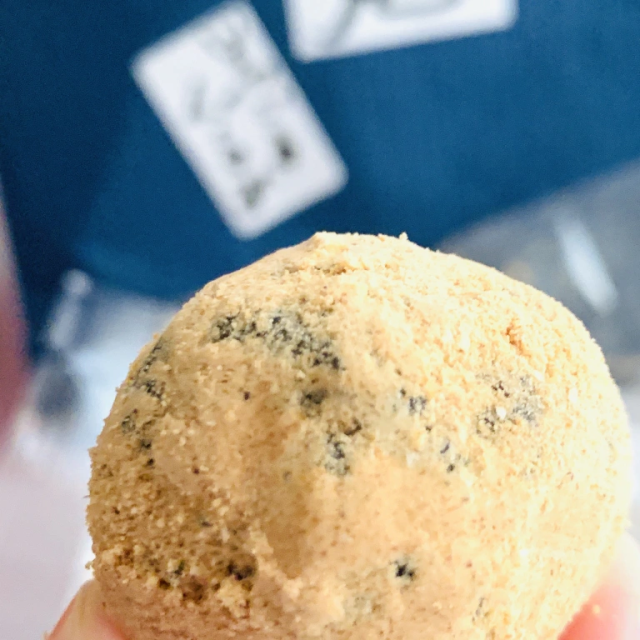
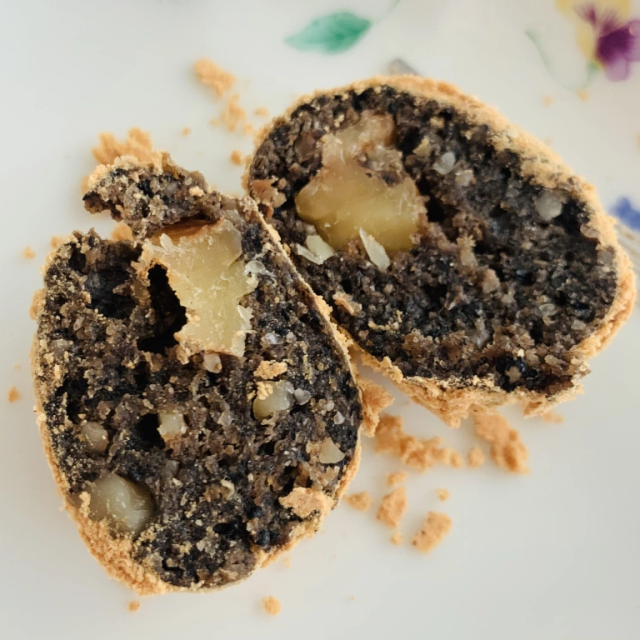
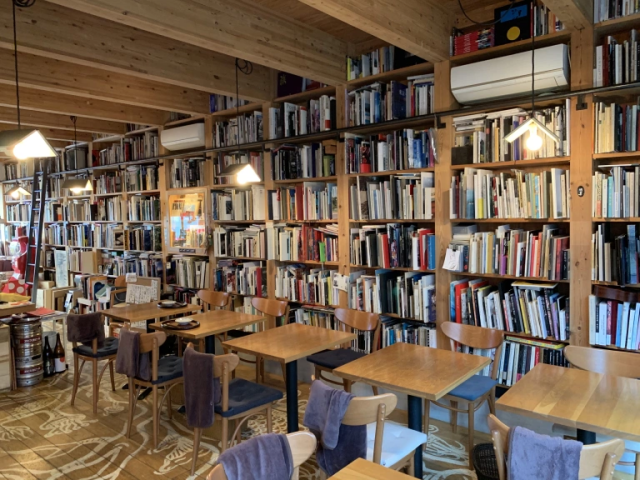
 Put a unique twist on your oatmeal by turning it into some Japanese comfort food
Put a unique twist on your oatmeal by turning it into some Japanese comfort food Ninja Sword Ice Cream: The longest ice cream in Japan looks like a single-edged sword
Ninja Sword Ice Cream: The longest ice cream in Japan looks like a single-edged sword Cup of noodles for vegans! Japanese Zen Buddhist temple starts selling instant soba and udon
Cup of noodles for vegans! Japanese Zen Buddhist temple starts selling instant soba and udon Pop-up “Very Hungry Caterpillar” cafe now open in Tokyo, very hungry fans rejoice
Pop-up “Very Hungry Caterpillar” cafe now open in Tokyo, very hungry fans rejoice From beef bowl to beef pouch? Taste testing Yoshinoya’s instant gyudon packs
From beef bowl to beef pouch? Taste testing Yoshinoya’s instant gyudon packs McDonald’s new Happy Meals offer up cute and practical Sanrio lifestyle goods
McDonald’s new Happy Meals offer up cute and practical Sanrio lifestyle goods More foreign tourists than ever before in history visited Japan last month
More foreign tourists than ever before in history visited Japan last month Starbucks reopens at Shibuya Scramble Crossing with new look and design concept
Starbucks reopens at Shibuya Scramble Crossing with new look and design concept The oldest tunnel in Japan is believed to be haunted, and strange things happen when we go there
The oldest tunnel in Japan is believed to be haunted, and strange things happen when we go there Is the new Shinkansen Train Desk ticket worth it?
Is the new Shinkansen Train Desk ticket worth it? Our reporter takes her 71-year-old mother to a visual kei concert for the first time
Our reporter takes her 71-year-old mother to a visual kei concert for the first time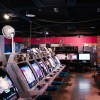 Tokyo’s most famous arcade announces price increase, fans don’t seem to mind at all
Tokyo’s most famous arcade announces price increase, fans don’t seem to mind at all Hey, Japanese taxi driver! Take us to your favorite restaurant in Tsuruga City!
Hey, Japanese taxi driver! Take us to your favorite restaurant in Tsuruga City!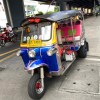 Hey, Thai tuk-tuk driver! Take us to the best Thai restaurant in this part of Bangkok!
Hey, Thai tuk-tuk driver! Take us to the best Thai restaurant in this part of Bangkok! Randomly running into a great sushi lunch like this is one of the best things about eating in Tokyo
Randomly running into a great sushi lunch like this is one of the best things about eating in Tokyo Disney princesses get official manga makeovers for Manga Princess Cafe opening in Tokyo
Disney princesses get official manga makeovers for Manga Princess Cafe opening in Tokyo We try out “Chan Ramen”, an underground type of ramen popular in the ramen community
We try out “Chan Ramen”, an underground type of ramen popular in the ramen community Beautiful new Final Fantasy T-shirt collection on the way from Uniqlo【Photos】
Beautiful new Final Fantasy T-shirt collection on the way from Uniqlo【Photos】 Foreign English teachers in Japan pick their favorite Japanese-language phrases【Survey】
Foreign English teachers in Japan pick their favorite Japanese-language phrases【Survey】 There’s a park inside Japan where you can also see Japan inside the park
There’s a park inside Japan where you can also see Japan inside the park Japanese convenience store packs a whole bento into an onigiri rice ball
Japanese convenience store packs a whole bento into an onigiri rice ball Studio Ghibli releases Kiki’s Delivery Service chocolate cake pouches in Japan
Studio Ghibli releases Kiki’s Delivery Service chocolate cake pouches in Japan Japan’s bone-breaking and record-breaking roller coaster is permanently shutting down
Japan’s bone-breaking and record-breaking roller coaster is permanently shutting down New definition of “Japanese whiskey” goes into effect to prevent fakes from fooling overseas buyers
New definition of “Japanese whiskey” goes into effect to prevent fakes from fooling overseas buyers Foreign passenger shoves conductor on one of the last full runs for Japan’s Thunderbird train
Foreign passenger shoves conductor on one of the last full runs for Japan’s Thunderbird train Our Japanese reporter visits Costco in the U.S., finds super American and very Japanese things
Our Japanese reporter visits Costco in the U.S., finds super American and very Japanese things Kyoto bans tourists from geisha alleys in Gion, with fines for those who don’t follow rules
Kyoto bans tourists from geisha alleys in Gion, with fines for those who don’t follow rules Studio Ghibli unveils Mother’s Day gift set that captures the love in My Neighbour Totoro
Studio Ghibli unveils Mother’s Day gift set that captures the love in My Neighbour Totoro Domino’s Japan now sells…pizza ears?
Domino’s Japan now sells…pizza ears? New Japanese KitKat flavour stars Sanrio characters, including Hello Kitty
New Japanese KitKat flavour stars Sanrio characters, including Hello Kitty Sales of Japan’s most convenient train ticket/shopping payment cards suspended indefinitely
Sales of Japan’s most convenient train ticket/shopping payment cards suspended indefinitely Sold-out Studio Ghibli desktop humidifiers are back so Totoro can help you through the dry season
Sold-out Studio Ghibli desktop humidifiers are back so Totoro can help you through the dry season Japanese government to make first change to romanization spelling rules since the 1950s
Japanese government to make first change to romanization spelling rules since the 1950s Ghibli founders Toshio Suzuki and Hayao Miyazaki contribute to Japanese whisky Totoro label design
Ghibli founders Toshio Suzuki and Hayao Miyazaki contribute to Japanese whisky Totoro label design Doraemon found buried at sea as scene from 1993 anime becomes real life【Photos】
Doraemon found buried at sea as scene from 1993 anime becomes real life【Photos】 Tokyo’s most famous Starbucks is closed
Tokyo’s most famous Starbucks is closed One Piece characters’ nationalities revealed, but fans have mixed opinions
One Piece characters’ nationalities revealed, but fans have mixed opinions We asked a Uniqlo employee what four things we should buy and their suggestions didn’t disappoint
We asked a Uniqlo employee what four things we should buy and their suggestions didn’t disappoint Princesses, fruits, and blacksmiths: Study reveals the 30 most unusual family names in Japan
Princesses, fruits, and blacksmiths: Study reveals the 30 most unusual family names in Japan Studio Ghibli’s new desktop Howl’s Moving Castle will take your stationery on an adventure
Studio Ghibli’s new desktop Howl’s Moving Castle will take your stationery on an adventure New cafe in Japan serves up salads in the form of gorgeous colourful cakes
New cafe in Japan serves up salads in the form of gorgeous colourful cakes We try cooking yakisoba with real Japanese buckwheat soba【SoraKitchen】
We try cooking yakisoba with real Japanese buckwheat soba【SoraKitchen】 Samurai Ninja Museum Tokyo With Experience is true to its name, lets you slice with real katana
Samurai Ninja Museum Tokyo With Experience is true to its name, lets you slice with real katana “Katana steel cookies” are the latest sweet treat from Japan’s samurai sword capital【Taste test】
“Katana steel cookies” are the latest sweet treat from Japan’s samurai sword capital【Taste test】 Japan’s ninja museum has been robbed by thieves in the middle of the night
Japan’s ninja museum has been robbed by thieves in the middle of the night Which noodles, other than Okinawa soba, pair best with Okinawa soba broth?【Taste Test】
Which noodles, other than Okinawa soba, pair best with Okinawa soba broth?【Taste Test】 Spirited Away meals and merchandise coming to new Studio Ghibli exhibition in Tokyo
Spirited Away meals and merchandise coming to new Studio Ghibli exhibition in Tokyo Japanese office snack service begins offering vegan and gluten-free options
Japanese office snack service begins offering vegan and gluten-free options NINJA Café and Bar serves up shinobi snacks, drinks, and tours in Asakusa【Video】
NINJA Café and Bar serves up shinobi snacks, drinks, and tours in Asakusa【Video】 Get your battle armor ready for the interactive “hottie” Samurai & Ninja Show coming to Tokyo
Get your battle armor ready for the interactive “hottie” Samurai & Ninja Show coming to Tokyo Japanese police investigate report of foreigner spreading white powder on street in Hyogo
Japanese police investigate report of foreigner spreading white powder on street in Hyogo New Japanese internet ad features … the 10-second fried rice challenge! 【Video】
New Japanese internet ad features … the 10-second fried rice challenge! 【Video】 Shibuya City Office serves up insanely cheap soba noodles, but are they any good?
Shibuya City Office serves up insanely cheap soba noodles, but are they any good? Japan Ninja Council produces first-ever official hotel room in Tokyo’s Ueno
Japan Ninja Council produces first-ever official hotel room in Tokyo’s Ueno Paris’ Japanese-style crêperie will take care of all of your cute cravings
Paris’ Japanese-style crêperie will take care of all of your cute cravings We made bread out of ice cream and it’s delicious! Super simple 3 ingredient recipe
We made bread out of ice cream and it’s delicious! Super simple 3 ingredient recipe
Leave a Reply